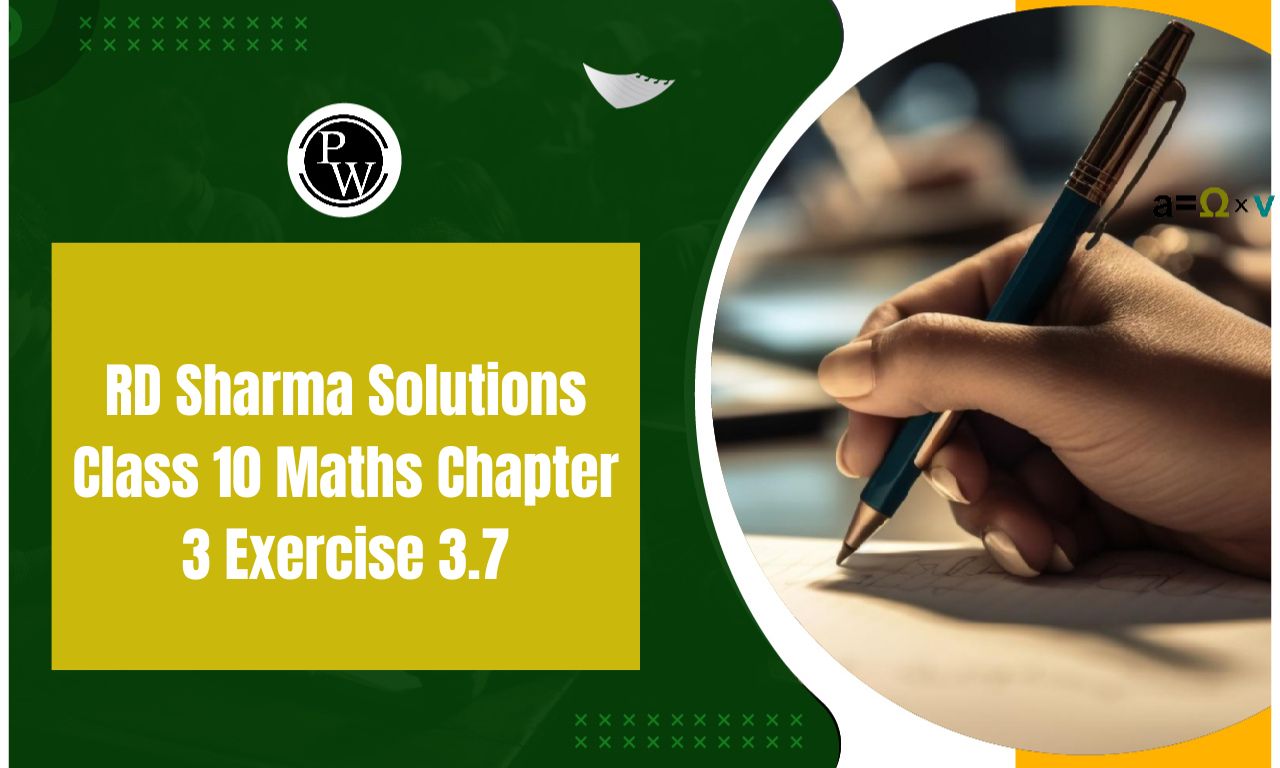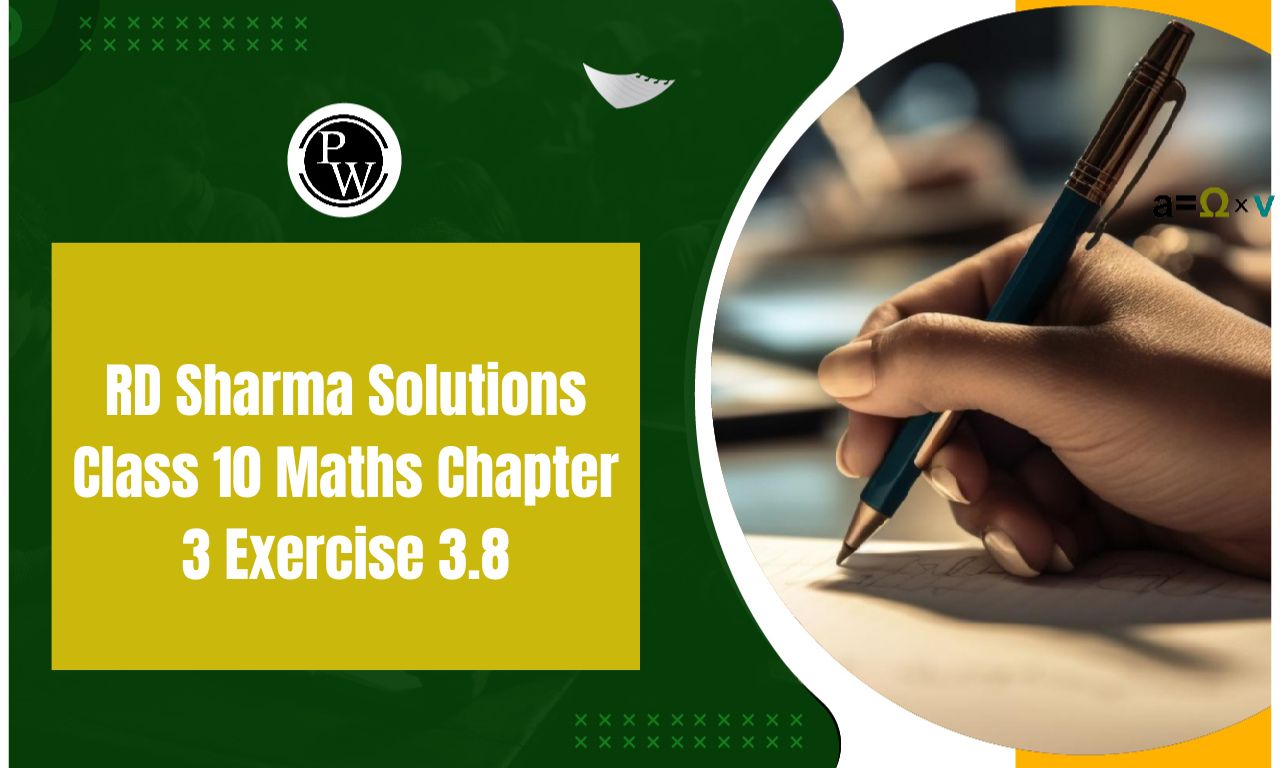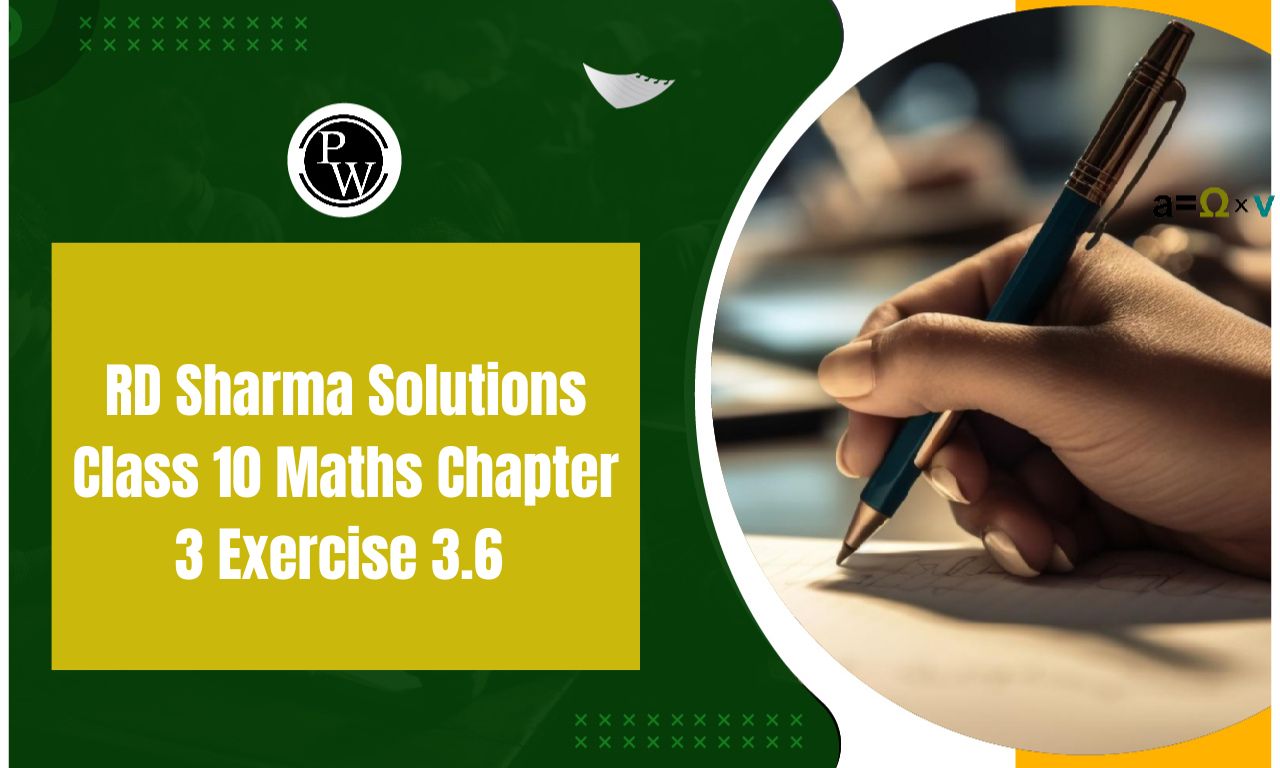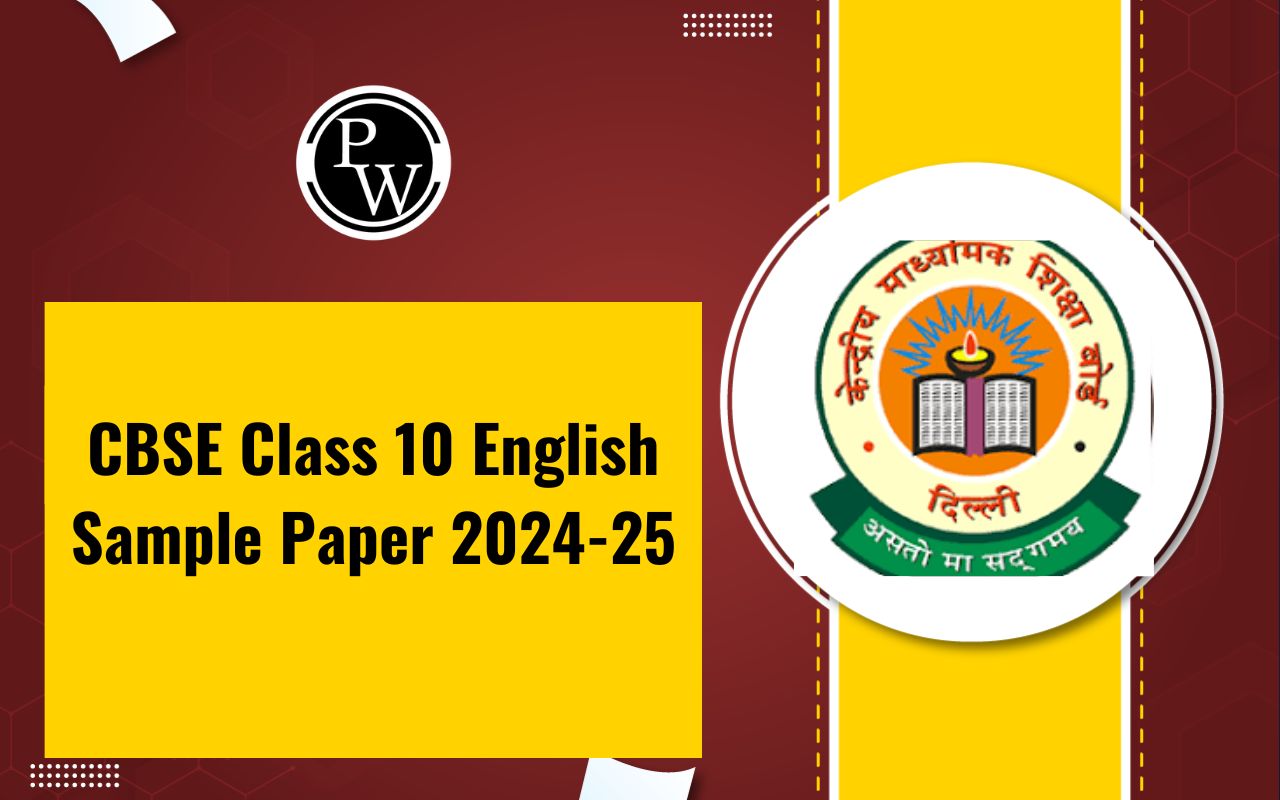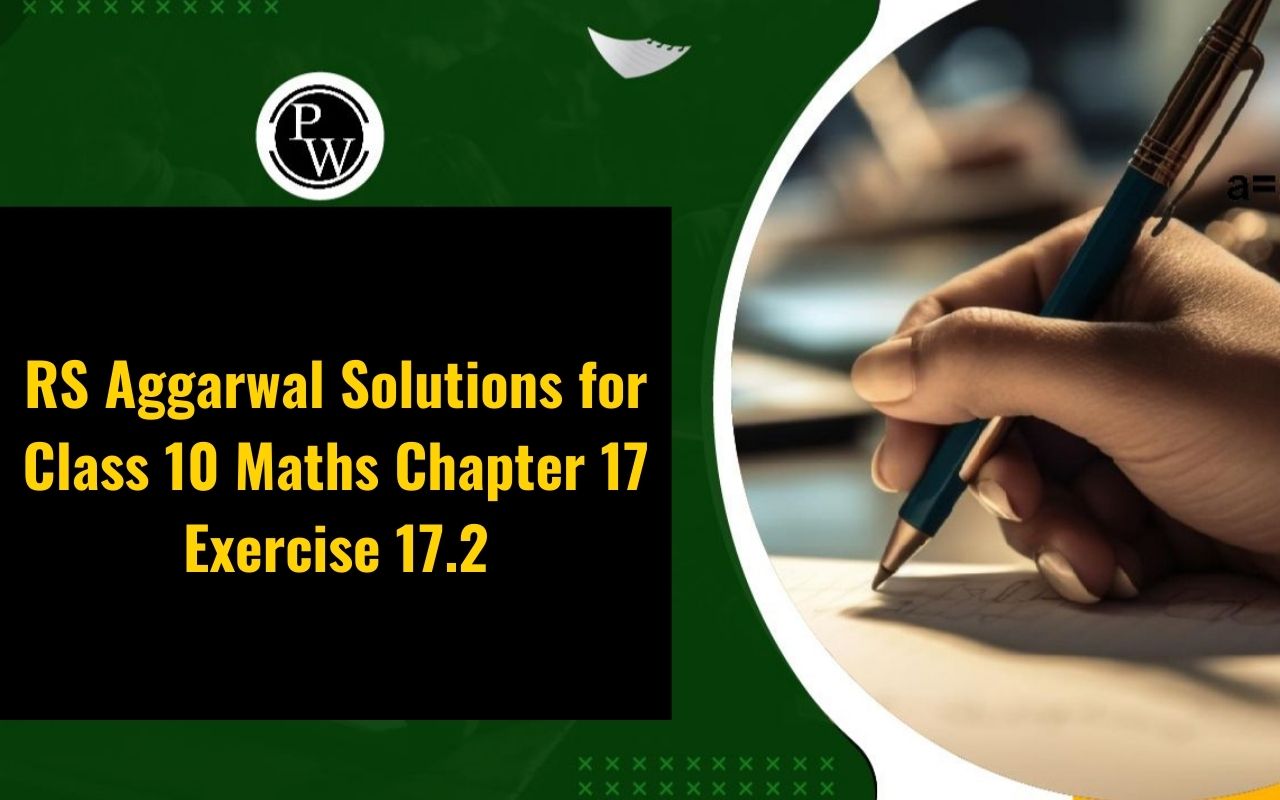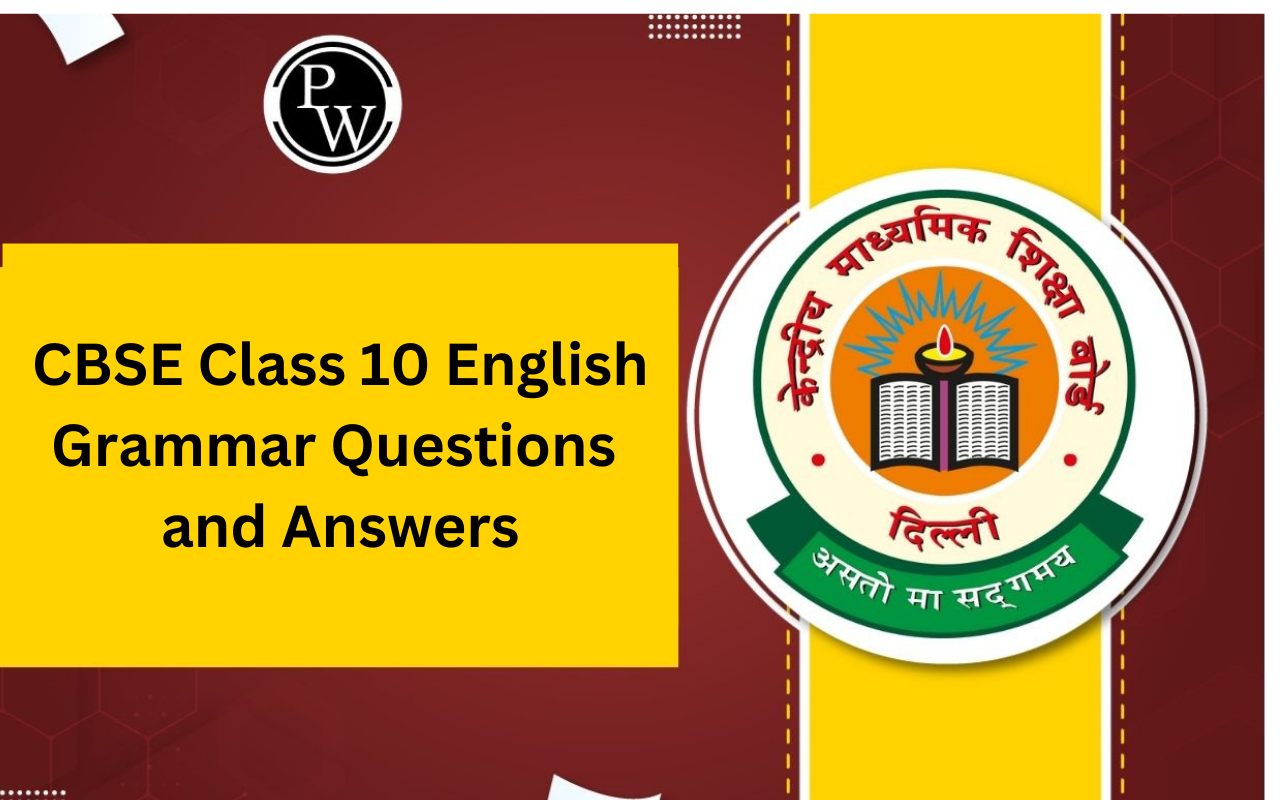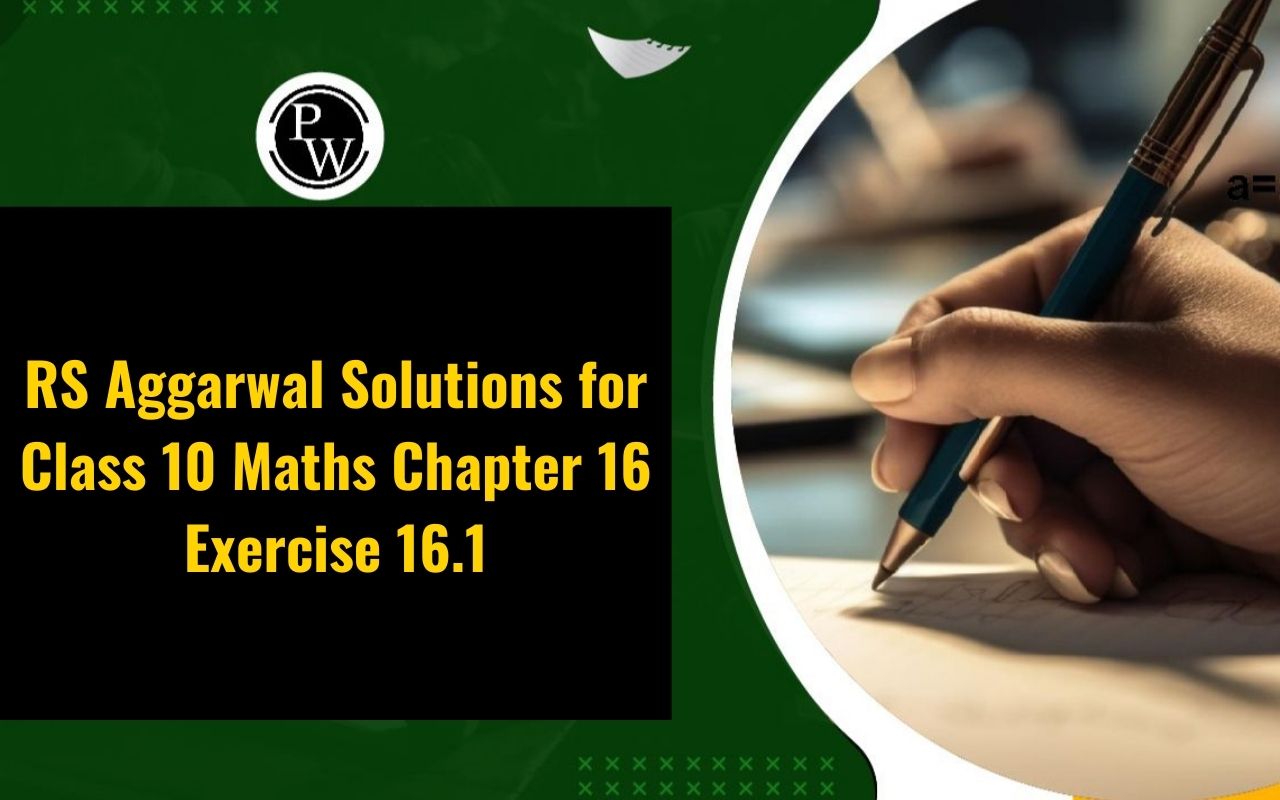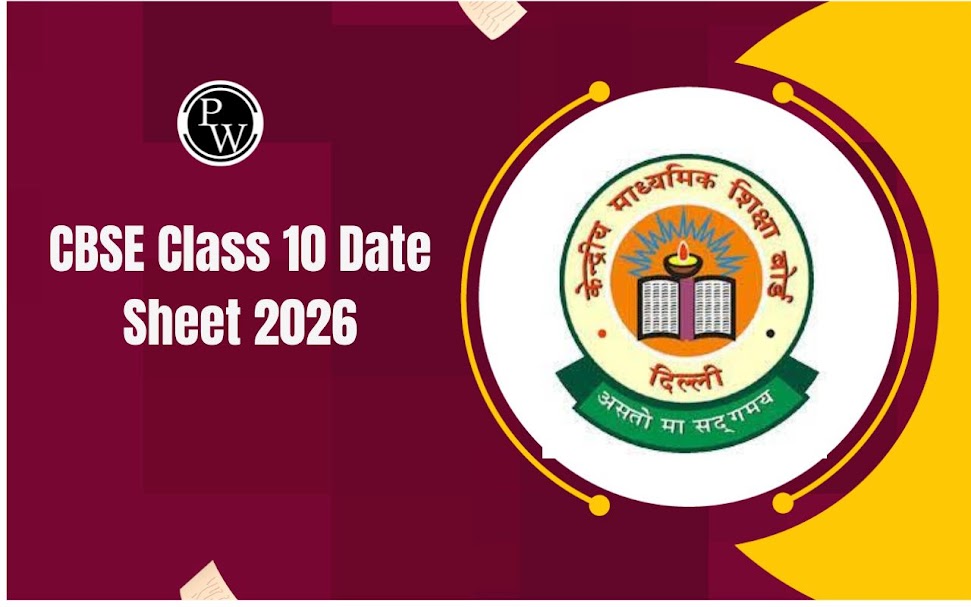
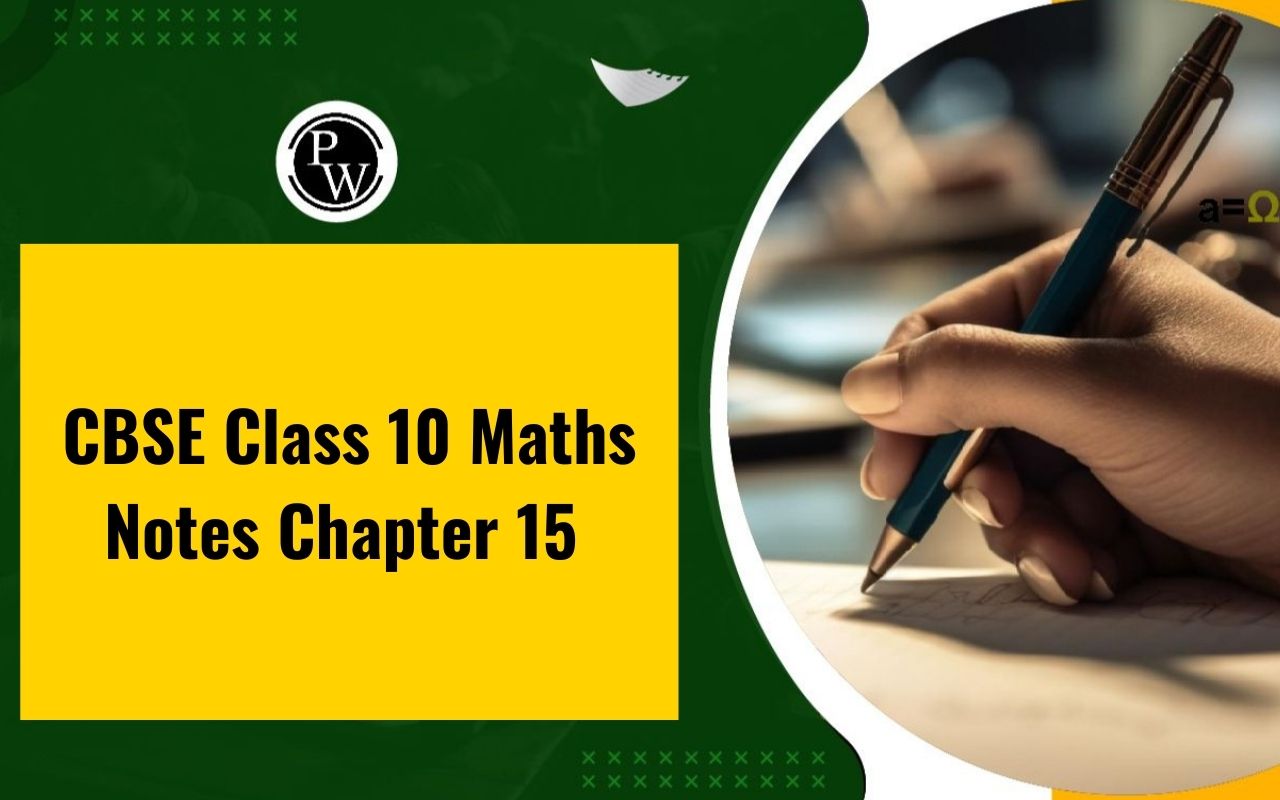
CBSE Class 10 Maths Notes Chapter 15: The chapter's contents are explained in detail here, CBSE Class 10 Maths Notes Chapter 15 Probability. To quickly master probability topics, get the online version of Probability Class 10 Notes, our most recommended study guide.
The theoretical and practical methodology covered in Class 10 Probability Notes can be easily studied and performed to help you perform well on your forthcoming CBSE Board Exams. Students can get free CBSE Solutions and other study materials on the website.CBSE Class 10 Maths Notes Chapter 15 PDF
To improve your exam scores and help you review the entire syllabus, you can download the notes for Class 10 Math. If you have access to our notes for Class 10 Science and Math and the solutions of other topics that are exclusively available on our page, studying subjects like Science, Math and English will become easier.CBSE Class 10 Maths Notes Chapter 15 PDF
CBSE Class 10 Maths Notes Chapter 15
What Is Probability?
Probability is the area of mathematics that uses numbers to quantify the uncertainty of an event occurring. The likelihood of an event happening or not is represented on a scale from 0 to 1. It can also be expressed as a percentage, where 100% implies a certain event and 0% indicates an impossible one. The notation P(E) represents the probability of an event E. For instance, when a coin is tossed, the likelihood of receiving a head is equal to 1/2. In a similar vein, 1/2 is the likelihood of receiving a tail when tossing a coin. Therefore, the overall likelihood will be: P(E) = 1/2 + 1/2 = 1Event and outcome
An experiment conducted at random yields an outcome. For instance, six is the result of rolling the dice. A collection of results is an event. For instance, the likelihood of rolling a die and having a number lower than five is an event. Note: There can only be one result for an event.CBSE Class 10 Syllabus 2024-25
Experimental Probability
Any occurrence connected to an experiment that is conducted repeatedly can be subjected to experimental probability. An experiment is considered a trial if it is run just once. Another name for it is empirical probability. Experimental or empirical probability: P(E) =Number of trials where the event occurred/Total Number of Trials Example: In a day, a shopkeeper is able to sell 15 balls, out of which 6 were red balls. Find the probability of selling red balls on the next day of his sales. Given, the total number of balls sold = 15 Number of red balls sold = 6 Probability of red balls = 6/15 = 2/5Theoretical Probability
Theoretical Probability, P(E) = Number of Outcomes Favourable to E / Number of all possible outcomes of the experiment Here we assume that the outcomes of the experiment are equally likely . Example: Find the probability of picking up a red ball from a basket that contains 5 red and 7 blue balls. Solution: Number of possible outcomes = Total number of balls = 5+7 = 12 Number of favourable outcomes = Number of red balls = 5 Hence, Probability, P(red) = 5/12Elementary Event
An elementary event is one that has just one possible outcome from the experiment. Consider the experiment where you throw a coin n times. This experiment contains two possible results for a single trial: Heads (H) or Tails (T). Therefore, there is only one possible result for a single toss: Heads or Tails.Sum of Probabilities
The sum of the probabilities of all the elementary events of an experiment is one . Example: take the coin-tossing experiment. P(Heads) + P(Tails ) = (1/2)+ (1/2) =1Impossible Event
An event that has no chance of occurring is called an Impossible event , i.e. P(E) = 0. E.g., The probability of getting a 7 on a roll of a die is 0. As 7 can never be an outcome of this trial.
Sure event
A sure event is one that has a 100 percent chance of happening. The likelihood of a certain event happening is one. E.g., What is the probability that a number obtained after throwing a die is less than 7? So, P(E) = P(Getting a number less than 7) = 6/6= 1Range of Probability of an event
Probability can be expressed as a number between 0 and 1, where 0 denotes an impossibility and 1 denotes a certainty of an event. i.e. 0 ≤P (E) ≤ 1.Geometric Probability
The probability that a bullet will strike a specific region of a figure is calculated using geometric probability. The targeted area is divided by the total area to compute it. When it comes to geometrical probability, the possibilities are endless.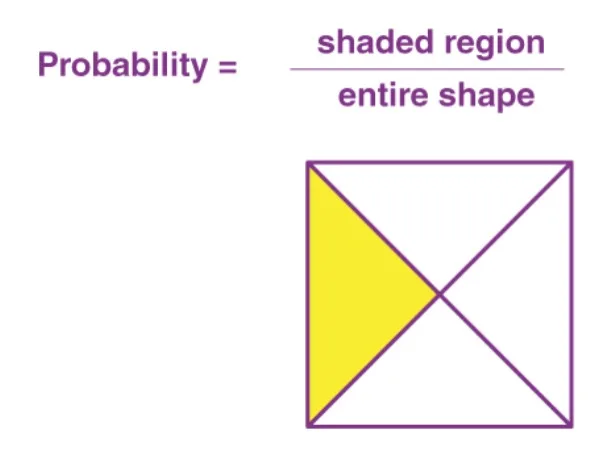
Complementary Events
Two outcomes of an event that are the only two potential outcomes are said to be complementary events. It's comparable to tossing a coin and receiving heads or tails.
Benefits of CBSE Class 10 Maths Notes Chapter 15
Did you realise that obtaining the CBSE class 10 maths notes from here has a lot of advantages? A few of such advantages are listed below.- Every revision note is offered without cost.
- Before an exam or test, students can swiftly review key points with the aid of the notes.
- You are free to download these notes at any time.
- These notes will assist students in achieving higher grades.
- The notes are accessible in a very convenient PDF format for download.
CBSE Class 10 Maths Notes Chapter 15 FAQs
What is Chapter 15 of maths Class 10 about?
Chapter 15 of the NCERT Class 10 Maths is probability and covers various topics such as understanding experimental and theoretical probability, types of events, and elementary and non-elementary probability.
What are the important notes for probability?
Probability is represented as a fraction and always lies between 0 and 1. An event can be defined as a subset of sample space. The sample of throwing a coin is {head, tail} and the sample space of throwing dice is {1, 2, 3, 4, 5, 6}.
Who is the father of probability?
Blaise Pascal was a very influential French mathematician and philosopher who contributed to many areas of mathematics.
🔥 Trending Blogs
Talk to a counsellorHave doubts? Our support team will be happy to assist you!

Check out these Related Articles
Free Learning Resources
PW Books
Notes (Class 10-12)
PW Study Materials
Notes (Class 6-9)
Ncert Solutions
Govt Exams
Class 6th to 12th Online Courses
Govt Job Exams Courses
UPSC Coaching
Defence Exam Coaching
Gate Exam Coaching
Other Exams
Know about Physics Wallah
Physics Wallah is an Indian edtech platform that provides accessible & comprehensive learning experiences to students from Class 6th to postgraduate level. We also provide extensive NCERT solutions, sample paper, NEET, JEE Mains, BITSAT previous year papers & more such resources to students. Physics Wallah also caters to over 3.5 million registered students and over 78 lakh+ Youtube subscribers with 4.8 rating on its app.
We Stand Out because
We provide students with intensive courses with India’s qualified & experienced faculties & mentors. PW strives to make the learning experience comprehensive and accessible for students of all sections of society. We believe in empowering every single student who couldn't dream of a good career in engineering and medical field earlier.
Our Key Focus Areas
Physics Wallah's main focus is to make the learning experience as economical as possible for all students. With our affordable courses like Lakshya, Udaan and Arjuna and many others, we have been able to provide a platform for lakhs of aspirants. From providing Chemistry, Maths, Physics formula to giving e-books of eminent authors like RD Sharma, RS Aggarwal and Lakhmir Singh, PW focuses on every single student's need for preparation.
What Makes Us Different
Physics Wallah strives to develop a comprehensive pedagogical structure for students, where they get a state-of-the-art learning experience with study material and resources. Apart from catering students preparing for JEE Mains and NEET, PW also provides study material for each state board like Uttar Pradesh, Bihar, and others
Copyright © 2025 Physicswallah Limited All rights reserved.
